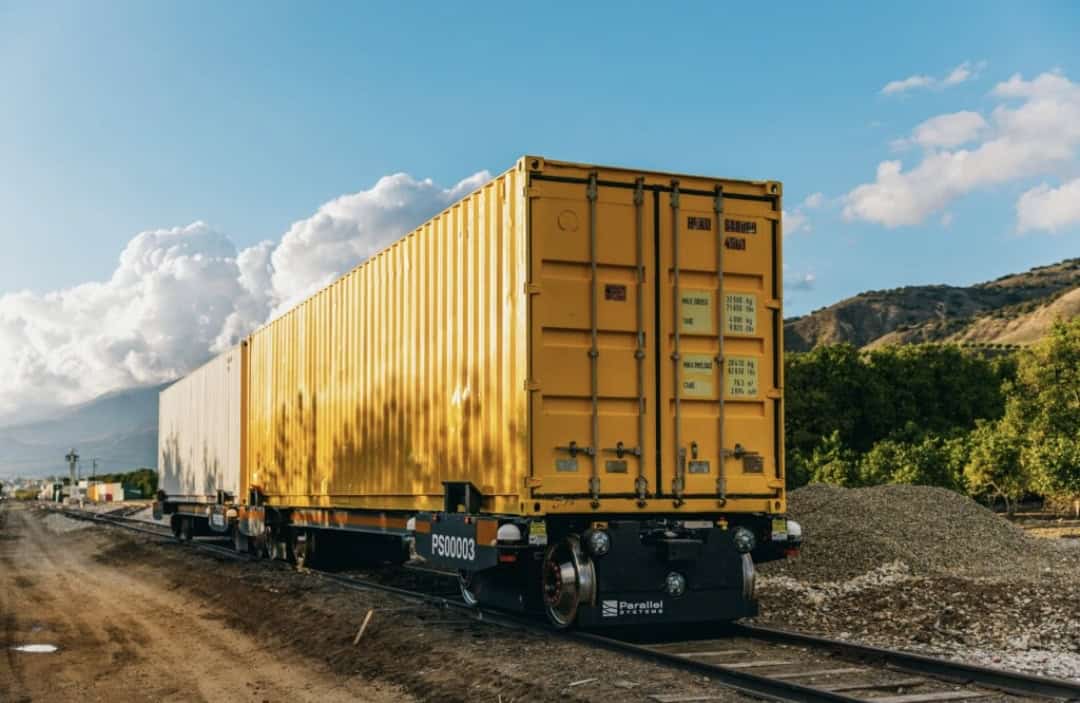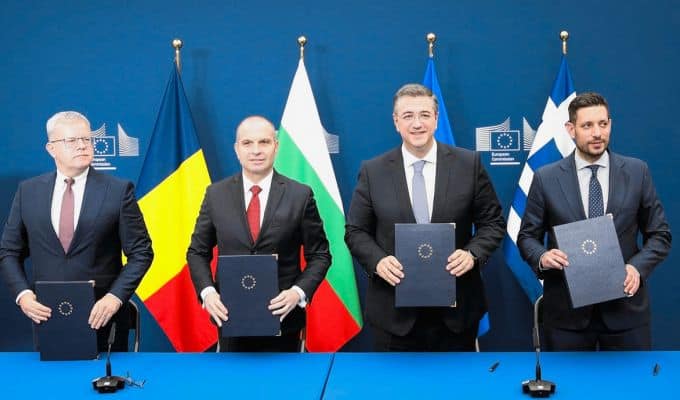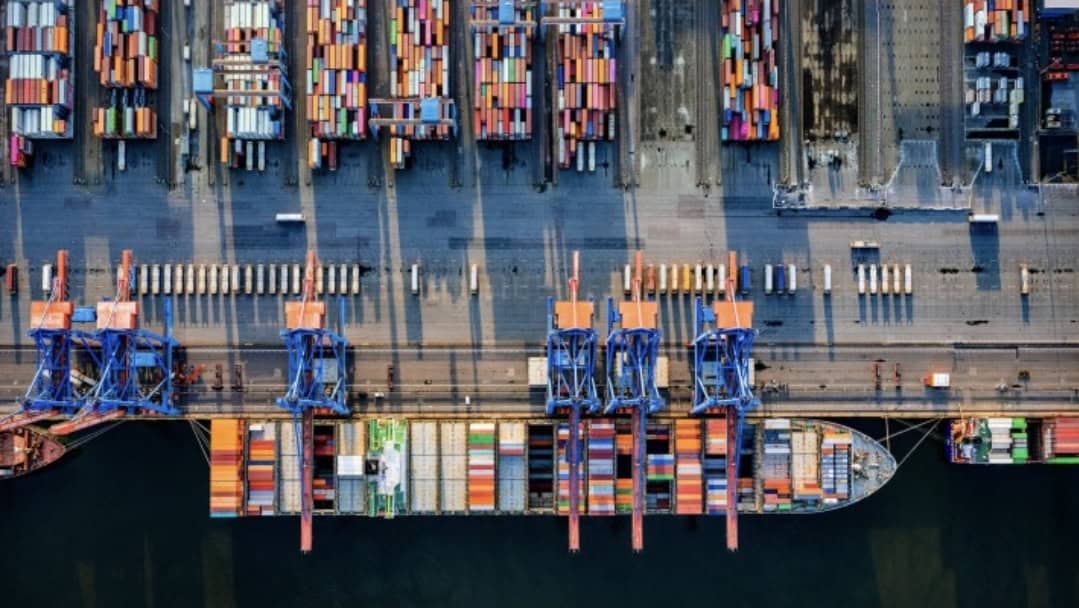Autonomous battery-electric freight vehicles form platoons through bumper-to-bumper contact, eliminating the need for coupling and enabling freight sorting on the rail network while keeping railroad crossings open.
Parallel Systems, a company founded to develop autonomous battery-electric rail vehicles, has publicly showcased for the first time its unique platooning technology, in which individual railcars connect through bumper-to-bumper contact. The company released video footage from a real-world test, where the Parallel vehicles successfully operated in a platoon on a Southern California test track.
Individually powered railcars can form platoons of up to 50 units, enhancing energy efficiency through improved aerodynamics and more effective use of the existing rail infrastructure. The fully automated platooning process eliminates the need for railcars to couple or connect air brake hoses. Upon contact, each vehicle maintains connection with the one in front through controlled tractive effort. The small air gap between containers and the pushing action through the bumpers reduce aerodynamic drag across the entire platoon, ultimately improving energy efficiency.
Railcars can also detach from each other, allowing them to bypass traditional classification yards and proceed independently to different destinations or keep railroad crossings clear. Each car contains its own braking system, eliminating the need for external air lines.
“Our platooning tests began in October 2023, and the performance has matched our models and simulations, which is very encouraging,” said Matt Soule, Co-founder and CEO of Parallel Systems. “The vehicles have stayed connected as expected, enabling us to plan for further testing with higher speeds, more vehicles, and braking. Introducing platooning will help the rail industry address key challenges, including faster freight sorting and routing, and keeping crossings open for road and pedestrian traffic.”
Traditional rail classification yards, which take up large areas of land, are used to sort and assemble freight trains. Parallel’s platooning technology essentially eliminates the need for these yards, as the vehicles can independently attach and detach anywhere on the network where a switch exists. Removing the need for classification yards could allow that land to be repurposed.
The U.S. Department of Energy (DOE) recognized Parallel’s technology as high-potential and energy-saving, awarding the company approximately $4.5 million under the Advanced Research Projects Agency-Energy (ARPA-E) initiative. The goal of the grant is to test how Parallel’s zero-emission rail vehicles integrate into real-world operations and to evaluate supply chain resilience, energy savings, and emissions



